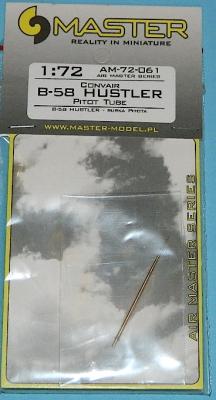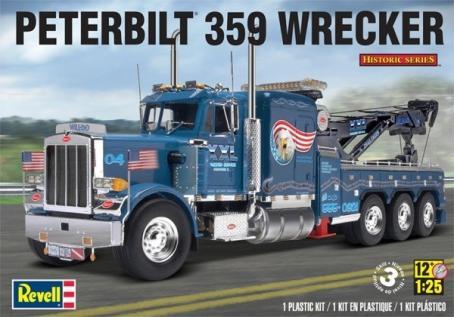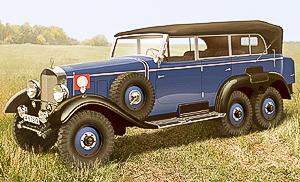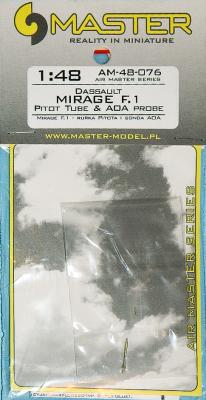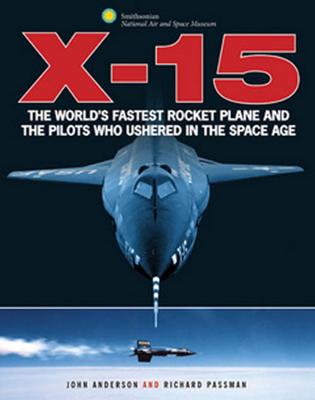Another excellent turned metal (brass) pitot assembly from Master Model. IPMS USA sincerely appreciates the support of Master Model, who continue to provide first-class products to improve already great models…. THANK YOU!
This one is as simple as it gets; a pitot tube combined with the Pitot Boom which fits on the nose of the Italeri 1/72 B-58 Hustler. Looking at the kit item and Master Model’s replacement, it is easy to see why you should buy this one. First, the kit item is really way too short; Master Model fixes that. Use superglue or epoxy to install, the fit is perfect and doesn’t need anything else. There is an excellent instruction sheet as well, other aftermarket companies should follow this lead.

